Sign up for our newsletter
Get Swipe Garden's independent reviews, and expert advice sent straight to your inbox.
For information privacy practices, read our Privacy Policy.
Sign up for our newsletter
Get Swipe Garden's independent reviews, and expert advice sent straight to your inbox.
For information privacy practices, read our Privacy Policy.
Sign up for our newsletter
Get Swipe Garden's independent reviews, and expert advice sent straight to your inbox.
For information privacy practices, please read our Privacy Policy.
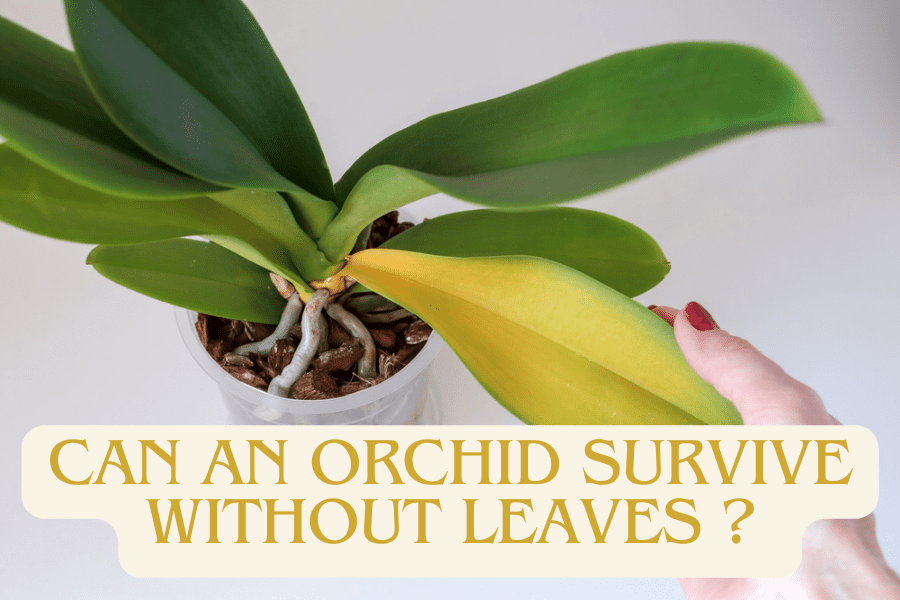
Orchids are one of the beautiful flowers found in the garden or home of a floriculture enthusiast. Orchids are known for their vibrant colors, unique shapes and fragrant scent. But one day the orchid leaves fall, which causes great confusion for growers. Orchids can lose their leaves for a number of reasons.
If this happens to your orchid, don’t throw it away just yet! In this article, we’ll discuss all factors that can affect orchid leaves. Give a detailed explanation on the question: Can an orchid survive without leaves? Let’s identify the early symptoms and causes to find a solution to the orchid problem.
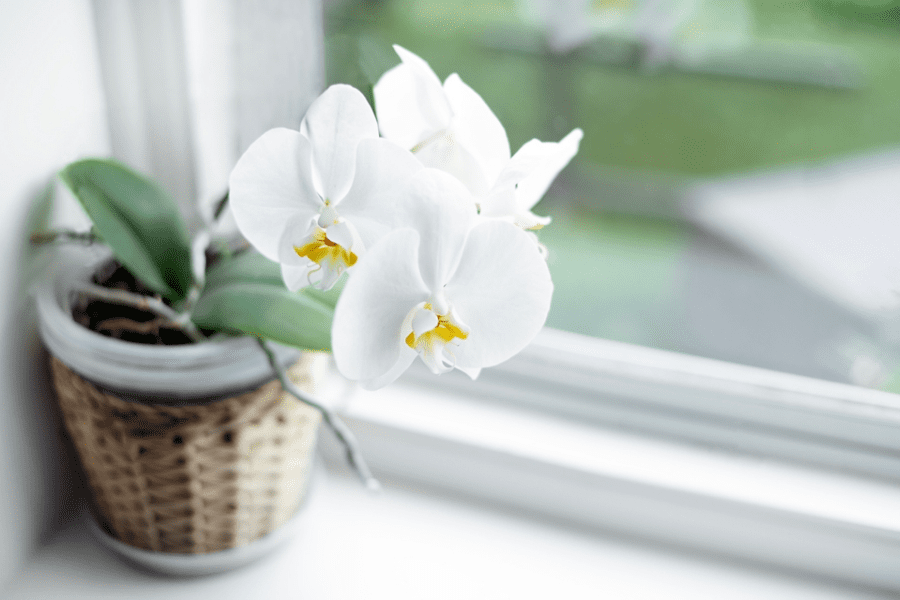
When reading this article, you will know more about many causes of deciduous. There are two directions, one is deciduous to bloom, the other is deciduous due to harmful agents. First, it is important to check if the Sick orchid has any sign at all to be rescued. If there are signs of disease or insects, we need to take the steps to ensure the tree is safe. And vice versa, if there are signs of blooming, we must provide important nutrients for the tree
When an orchid starts shedding its leaves, it’s sending a clear signal that demands our attention.
The next reason to notice is that insect invaded. If you let pests go out of control, this can also cause a loss of leaves. If detected and treated early, pests can be best managed this way.
Some common insects are found on orchids: aphids, ants, snails,… If the insect situation is severe, the plants are likely to weaken and die.
It is impossible to ignore one of the main causes of deceleration. If you see any discoloration, brownish spots, or even rings around discolored areas of your orchid’s leaves, you may have a bacterial or viral infection. Your orchid can also lose leaves as a result of a bacterial or fungal infection.
For Phalaenopsis orchids, a temperature of 18 to 29 degrees Celsius is best for the tree to grow well. If the temperature is too low, the tree will become difficult to maintain and cannot absorb enough nutrients, leading to its death. Cold temperatures can quickly cause yellow leaves in orchids and other plants as well.
This situation occurs when dozens have used overdose fertilizers. The moral of the story is to always measure your fertilizer and water amounts. Using an overdose of fertilizer can lead to rooting, absorbing nutrients, and leaves falling yellow.
It can be said that growing orchids only look forward to this season. All year long, after fertilizing and watering, it’s time to enjoy fragrant and beautiful flowers. When new orchid hobbyists see plants at this stage, they often worry a lot. They are afraid that their orchids are about to die because there are signs similar to defoliation fungus…
For experienced artisans, they have more experience and understand that it is time to move on to the special care stage so that the orchid has health, flowers are more beautiful and brighter, and has a passionate and seductive fragrance.
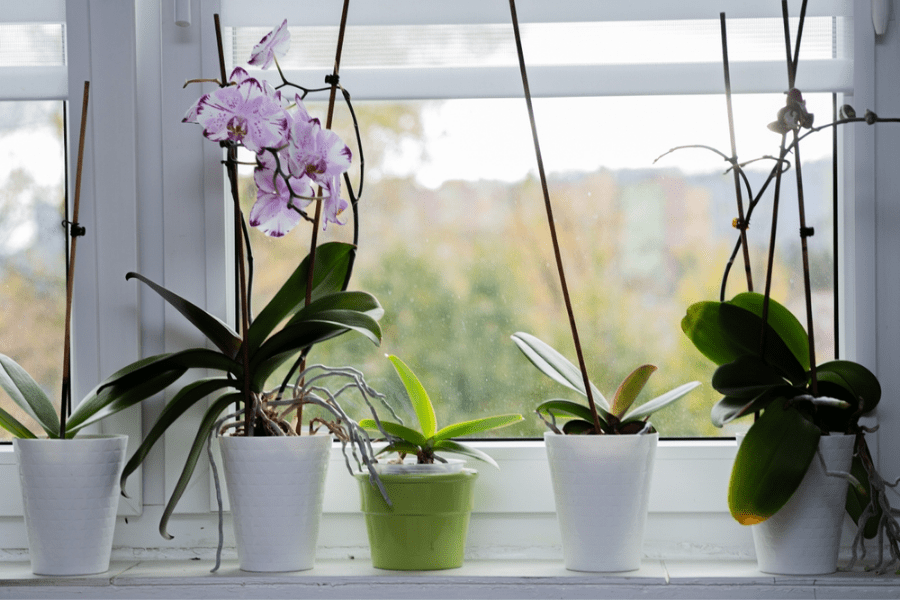
Normally, the easiest signs to notice are the pairs of leaves at the top of the orchid growing smaller, no longer showing signs of growth, and stopping and waiting for the leaves to fall. After about 6 to 8 weeks from the time the leaves fall, the tree flowers.
At this stage, the plant does not need much water; we only provide the necessary amount of water so that the plant does not wilt and lose its strength. Watering once a week is fine. During this period, fertilize with high nitrogen content, especially foliar fertilizers (B1 or if you have another purpose. Obviously, it’s entirely possible to experiment and explore according to your preferences.
Let’s discuss early signs of common orchid problems and provide practical solutions to ensure orchid can bloom in their best way:
Early symptoms: Brown or very dark-colored patches in the roots. In a serious case, the roots would rot.
Remedy and Prevention: For a not very serious case of root burn, flush the orchid for 1 minute or soak it in a larger container for 15 minutes with rainwater or distilled water. Then dump the water. Repeat 2 more times.
For prevention, lower the strength of the fertilizer by feeding the orchid half or even a quarter of the recommended strength at each watering instead of a strong dose at periodic feeding.
Early symptoms: At the beginning, the leaves have discolored or yellow patches.
Remedy and Prevention: Cut away only the part of the leaf with yellow color or damage using sterilized cutters. Seal off the edges using cinnamon.
To recover, remove the orchid(s) away from the dark and move it to a cooler and mỏe sun location. If the orchid has flowers, they need to be removed to reduce stress and focus on recovery.
For prevention, grow indoor orchids by an east-facing window to receive the mild morning sunlight, rather than a south-facing window. To move an indoor orchid outdoors, it needs to be acclimatized by slowly increasing its exposure to light over a few weeks.
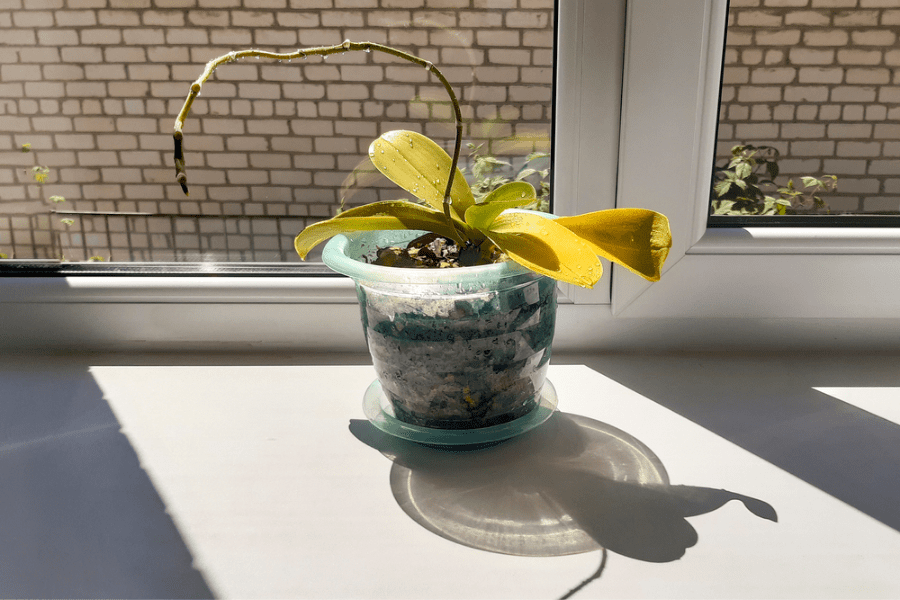
Early symptoms: The leaves with cold damage would turn into yellow and brown patches a few days after the cold snap. The dead tissues would become mushy and worsen, leading to an eventual fall of the leaves.
Remedy and Prevention: Cut only the part of the leaf with cold damage with sterilized cutters. Seal off the edges using cinnamon. Check the temperature of the environment. Pay attention to the temperature in the room that should not be below 50 degrees Fahrenheit (or 10 degrees Celsius).
Symptoms: At the early stage there is a brown, black patch or water-soaked appearance on the leaves, often surrounded by yellow halos. The affected area often appears as random black patches on the leaves, which is different from the black rot caused by nutrient deficiency which manifests as a pattern.
Remedy and Prevention: Use sterilized cutters to immediately remove the leaves with brown patches and throw them away. Clean the wounds using a fungicide such as Physan 20 and dust with cinnamon. Eliminate overhead watering and increase air circulation.
To prevent this from happening, avoid overhead watering and dry up any water left standing on the leaves. Make sure the growing environment is well-ventilated.
We crafted this guide for unique needs orchid and care strategies, bring your leafless orchid back to its full
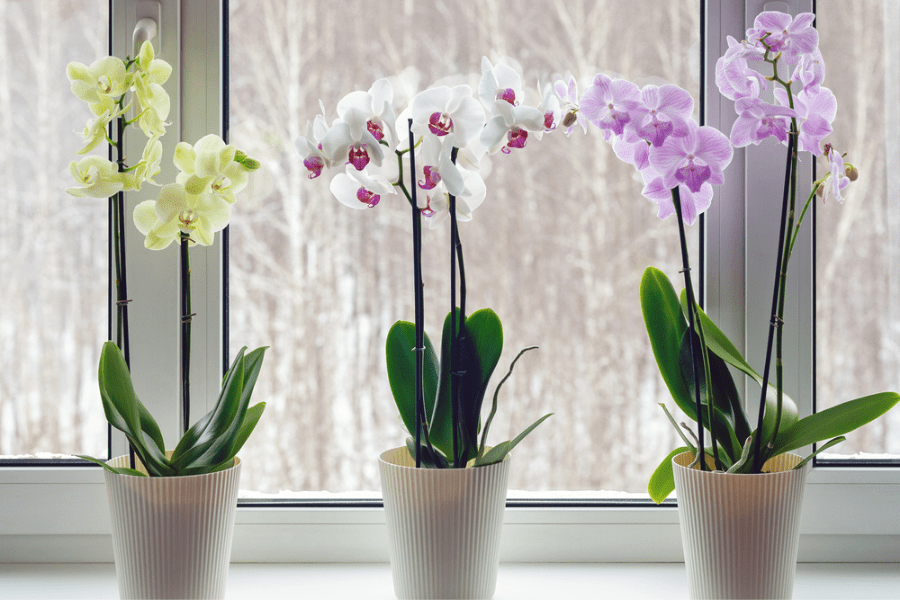
Be careful not to reuse or recycle the old potting media, especially if your orchids’ leaves have fallen off because of root or crown rot. Do not try to transplant this to your newly planted orchid. If you want to start your plant off well in a healthy setting, experiment with various potting materials.
Move your orchid to a new pot once it is ready, and then sprinkle some moist potting soil on top. The media should not be packed into the pot too tightly.
Avoid reusing or recycling the old potting medium, particularly if the leaves of your orchids have fallen off due to root or crown rot. Transferring this to your freshly planted orchid is not something you should do. To give your plant a fresh start in a healthy environment, try using different potting material.
Once your orchid is prepared, transfer it to a fresh container and add a little amount of the potting soil that has been soaked. Make sure the media is not packed too firmly into the pot.
An orchid without leaves needs proper moisture to revive. Root rot from over-watering might kill your orchid. Adding fertilizer to your orchid is essential to its revival. Use orchid-specific fertilizer and follow the manufacturer’s directions. Use the appropriate amount of fertilizer to avoid harming your orchid through overfertilization.
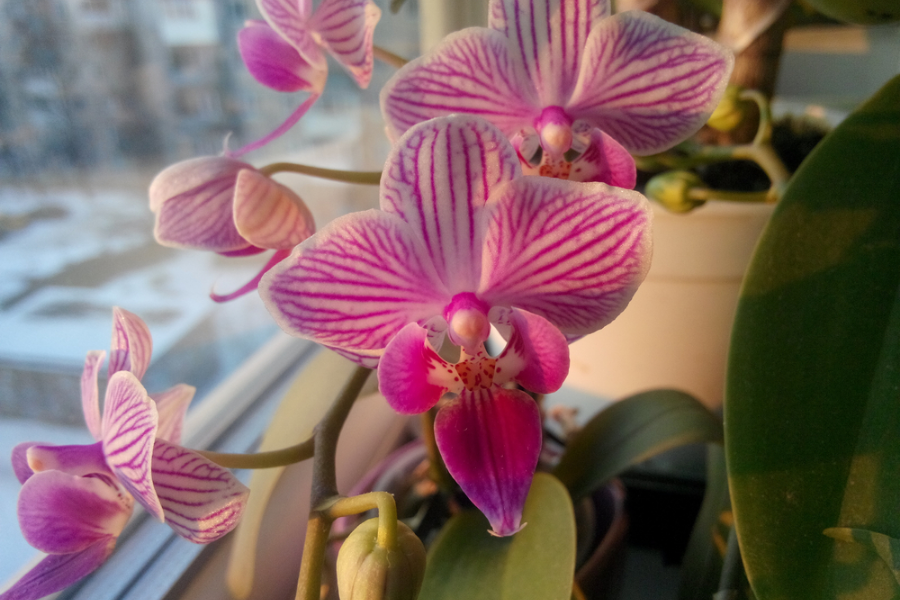
Just by looking at the leaves, you may discover a lot about your orchid’s health. Orchids are most vulnerable to overwatering, incorrect watering technique, overdose of fertilizer, sunburn, extreme heat, dehydration, bacterial and fungal infections, and too much heat.
You should take immediate action to identify and cure the cause of your orchid’s leaf drop if you notice it is losing leaves. Bringing back a dead orchid and keeping it alive for years to come are both possible with these methods.